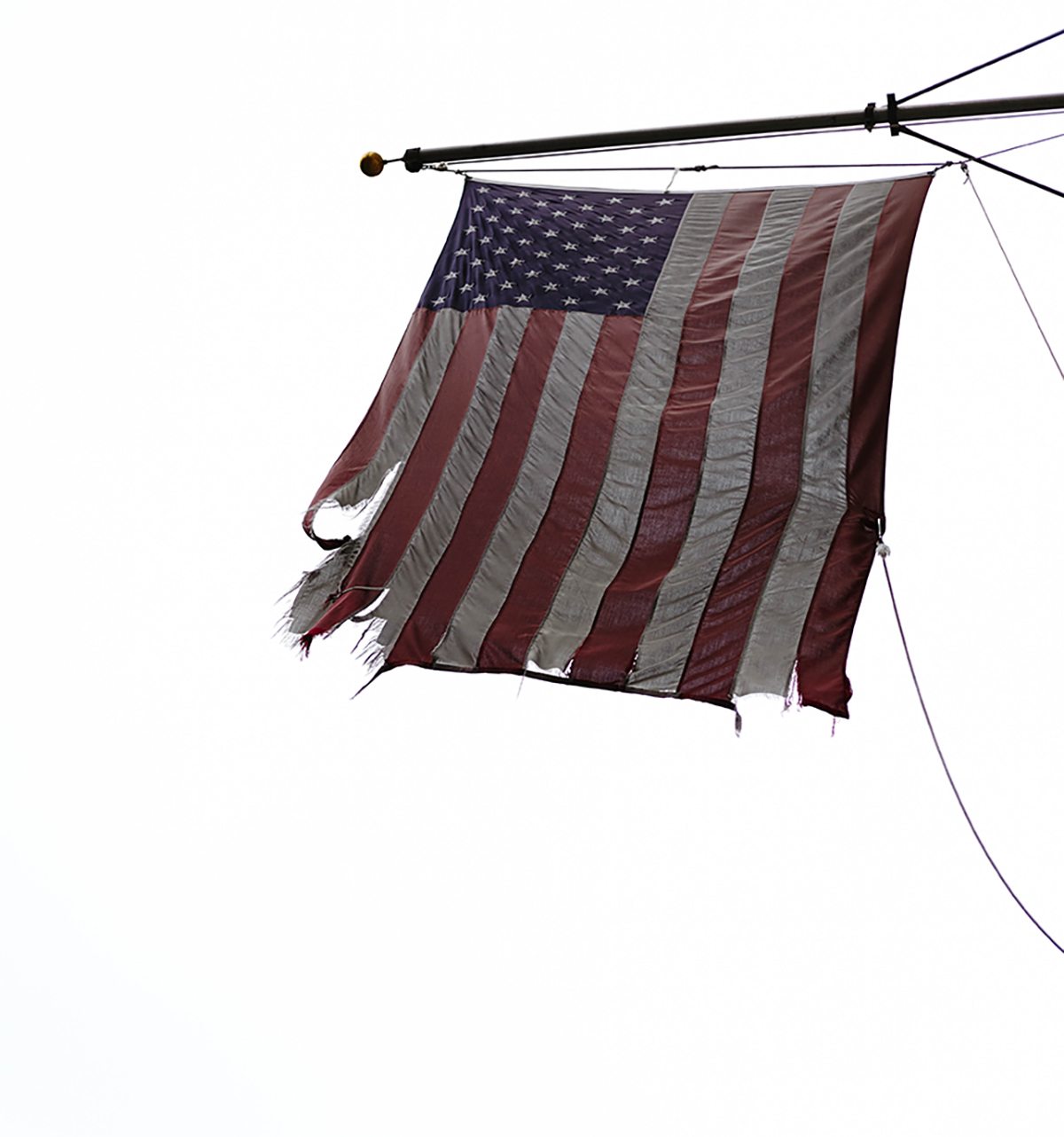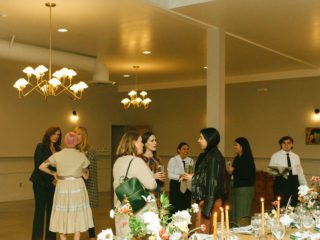When I was little we started each school day by reciting the Pledge of Allegiance. Back then I didn’t even know what the word “allegiance” meant, so I was far from able to identify peculiarities in our nation’s mantra. Now, in my late twenties, my vocabulary has not only increased, but I’ve learned a thing or two about this country and why I pledge allegiance to it.
When we recite the Pledge, we vow loyalty to our country. The iconic mantra tells us that America is a few things: it’s one nation, it’s indivisible, and it offers liberty and justice to all.
There are countless opinions, far more educated than mine, that have plenty to say about the “liberty and justice to all” phrase embedded within our pledge. Don’t worry; I’m not getting into those. But if I may be so bold, I would like to investigate how “united” the United States seems to be acting these days.
Indivisible (adj.): inseparable, unable to divide.
It makes sense that indivisibility would be associated with America, as it fits nicely with the whole “united” part of our country’s namesake. At the same time, it seems to ever so slightly contradict the reality. There is no shortage of traits that could accurately describe our country, but it seems ironic that “one nation” and “indivisible” are at the top of the list.
Today, our county seems more divided than we’ve ever seen it. Sure, some of that has to do with the fact that it’s an election year. But that aside, twenty-first century America is as far from “indivisible” as any century leading up to it. I say this because we the people can’t seem to agree on anything these days — not even gender or when life begins, much less civil rights and social justice. Historically, there have been two sides to choose between; now, we are overwhelmed by our options. We are divided, and passionately so, on nearly every issue imaginable.
Historically, there have been two sides to choose between; now, we are overwhelmed by our options. We are divided, and passionately so, on nearly every issue imaginable.
Human nature leans toward exclusivity, too, which only intensifies this problem. By nature, we are drawn to commonality — shared interests, shared values, shared beliefs; these attract and bond us to one another. Likewise, we are repelled by dissimilarity — conflicting interests, dissenting values, and opposing beliefs, which are an affront to us. The issue is not that we disagree but rather that we classify each other based on our differences. Historically, differences have fueled divisiveness. They insist that we choose a side with which we identify and make everything, from political ideologies to feline or canine preferences, a definitive “us” or “them” distinction. Today, “them” is not limited to one group, but becomes anyone who does not directly agree with “us.”
We categorize people by their beliefs, lifestyle, and the movements they support. It’s a shame. We’re better than this. We’ve come farther than this. We are more than our race, religion, and political vote. But all too often we allow those glaring differences to convince us otherwise.

This categorization of our own countrymen — over concepts and convictions, institutions and ideas — has corroded the unity of our country for centuries, and it continues to do so today.
While we cannot change the past, we can influence the future.
Rather than picking which groups we fit into and support, let’s flip the script and start a conversation about how to promote and embody unity. How can we, as American women, not just talk about it, but practically walk in unity with people who are different than us — from different generations, of different races, from different socioeconomic backgrounds, and who have different belief systems?
For starters, let’s be proactive about stepping outside of our comfort zones and befriend people who are different than us. Do the majority of your friends look like you or live like you live? If so, it might be time to broaden your horizons and learn from somebody who has walked a different path.
We are more than our race, religion, and political vote. But all too often we allow those glaring differences to convince us otherwise.
We can hurt alongside those who are hurting. We don’t have to know all the details, we don’t have to logically agree; we only need to choose to see beyond ourselves and empathize with others.
We can seek to understand before being understood. We spend so much time trying to convince other people why they’re wrong and why we’re right. What if we channeled that same energy into finding common ground instead of finding differences? What if we tried to understand before being understood? Certainly, we would learn something along the way.
Uniformity does not equal unity. We don’t have to look the same, value the same things, or even agree on the same things in order to be united. Rather than trying to be so, let’s accept each other as we are and be united in our support of something far greater than ourselves. Only then will we be truly indivisible.
Where is an area when you can seek to understand before being understood?
Top image via Esther Lee












6 comments
This is the most refreshing perspective I have read in awhile. Seeking to understand before being understood is the beginning of healing the divide in all belief systems, experiences, etc. Thank you, Darling!
THIS is exactly what we need. MORE this. Less that other ugly stuff. THANK YOU.
Have you been reading about K?
Same here. I especially appreciate what you wrote about seeking unity, as opposed to just finding and supporting one group. Because then, inevitably, we become divided all over again.
Marie
http://www.thebusinessofblooming.com
Supporting one group does not mean you don’t support others. Respecting others and having empathy when you don’t understand is what unity is to me.
Lovely article. I couldn’t agree with you more.
Briana
http://www.youngsophisticate.com